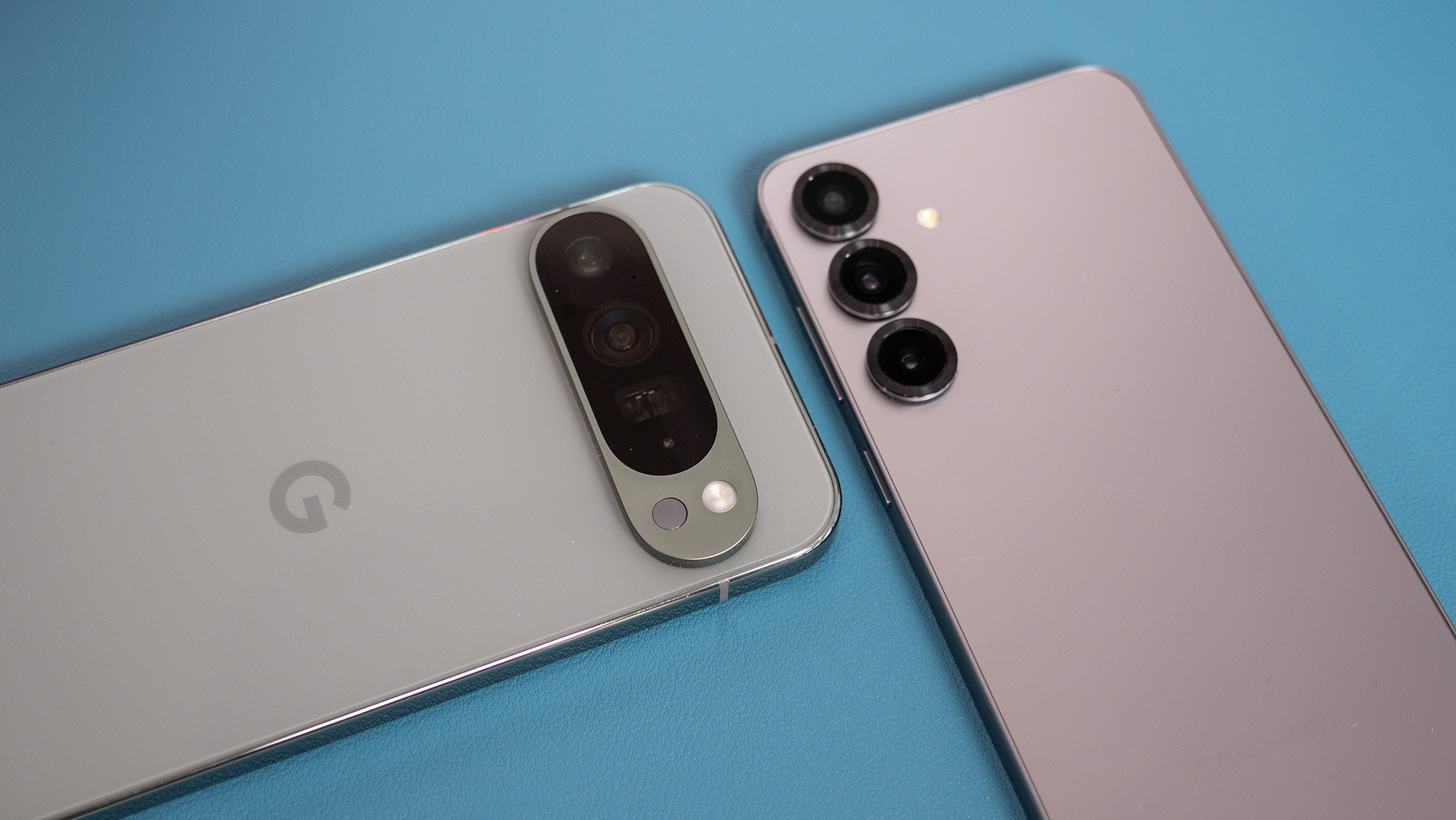
With the plethora of new camera features that manufacturers have rolled out in recent years, it begs the question, “How much more do we actually need?”
In writing for this outlet for the past 7+ years, I’ve gotten to ramble on about an endless number of topics. Some are better than others. One particular truth that became evident early on that might not surprise you at all is that articles about gear, without fail, will attract more clicks than any other topic. That’s not surprising. Everyone, including myself, likes to geek out over new technology. Also, there’s the lingering misconception, which camera manufacturers are in no hurry to dispel, that newer cameras equal better photographs. This is, of course, nonsense. You don’t think the Sistine Chapel is any less of an achievement because it wasn’t made using modern construction equipment and painting processes. So why think that the aesthetic value of photographic art is, in any way, directly tied to what tool was used to create it?
Still, the insatiable hunger for more and more content suggesting gear can change your career persists. And, as someone who writes about the photography and film world, it is part of my gig to write about new toys when they hit the market. So, even though I personally try to avoid gear talk when possible in favor of articles centering on running a successful business or improving your artistic craft, I still find myself writing quite often about the latest and greatest of the new product releases.
Not that I’m complaining, by the way. The cameras being released today, from many different brands, are truly capable of amazing feats that, in years past, we would have thought to be fan fiction. It is really an honor to get to test out new gear, be privy to soon-to-be-released products, and get to relate that information to readers. So I’m hoping, both as a photographer and as a tech writer, that manufacturers continue to up the ante on still photography specs. That can only be a good thing. But today, I’d like to think about things from the perspective of a buyer looking to make the right investments for their business.

An interesting thing has happened in recent years. Both because I am a professional photographer and director, and because I write for Fstoppers, I am quite often asked by people what cameras I would suggest they purchase. Sometimes it’s just a friend looking for a new hobby. Or someone going on vacation looking for something to capture their spouse and kids on the trip. Other times, it’s someone who is just starting their career and is looking for a serious work tool to help them run their business. But, in all these cases, more often than not, I tend to find myself suggesting to the potential buyer to skip the new products altogether and focus on the used market. Is this because I think the newer cameras are worse than the old ones? No. Rather, it is because what seems clear to me is that we have long ago crossed the threshold in camera technology of meeting the basic “needs” of 99% of photographers. And while there are new frontiers that should be explored which I’ll discuss in a moment, we are no longer at a point where an honest photographer can say to themselves that the reason they aren’t maximizing their artistic potential is because the technology isn’t there.
Yes, there are certain features that pertain to specific specialties that help and may even be required for certain types of photography. Take burst rate for example. If you are a sports or wildlife photographer, for instance, the number of frames a camera can shoot per second is an objectively important feature. And, thanks to the merging of still and video due to mirrorless cameras, modern photographers have access to 20 fps, 30 fps, or even 40 fps to make sure they capture every fleeting moment. Of course, on a personal level, I do always wonder at what frame rate we go from capturing the decisive moment as a photographer to just essentially shooting video and pulling the perfect frame in post. I’m not saying there’s anything wrong with shooting as fast as your camera can go. It is objectively the correct decision to fulfill the brief. But it does make me wonder if we’ve already reached the point where most cameras on the market in the last five years are already plenty fast enough for nearly everyone. Even at 20 fps, you are pretty much shooting video. Not quite, but almost. So, in the future, if camera manufacturers just keep adding more and more frames per second, while it would be nice, would that really qualify as a need? Are there really that many circumstances that exist that can’t be captured in a still frame when you take 20, 30, 40 of them per second?
Same with megapixels. Again, I love megapixels just as much as the next guy. I’ve owned cameras with as much as 100 MP and can objectively say there is a difference in the files themselves. With that being said, do 99% of photographers actually need that many megapixels? There’s an argument to be made that most photographers don’t even need 45 MPs. This is not a critique of the photographer’s artistic merit or an effort to pretentiously say that only “real photographers” need high megapixels. Rather, what I’m saying, and it can’t be said enough, is that more megapixels do not equal a better photograph. It equals a more highly defined photograph. It’s a photograph that can be cropped more and printed larger. But it is not inherently a better work of art than something shot on a 12 MP sensor fifteen years ago. Even if one were to make the argument that “pros need more megapixels,” which may or may not be true depending on the type of professional in question, the world at large is shifting more and more digital. Your final image will be viewed far more times on a digital device than it will likely be viewed in print. Even if you are creating an ad campaign for a major brand, there’s been a decisive shift towards digital usage versus out-of-home. That’s not to say that those gigs don’t still exist. Rather, there are just less of them and more of the bread-and-butter assignments are focusing on digital platforms where a high megapixel image is of less utility. So while you may still want to rent a high megapixel beast for certain assignments, it is fair to say that the vast majority of those in the market for a new camera can easily fulfill 99% of the assignments they will be offered using existing tech.

Those are just examples. And, no doubt, there are a litany of use cases that would refute everything I’ve just said. But, I think you’ll get my point. While the new cameras being announced industry-wide for photographers are objectively awesome, for the most part, I feel like we’ve crossed over the line where all of our needs are now well taken care of. And many of the new improvements are more or less of marginal benefit rather than things we can classify as absolute necessities. Going back to my constant suggestion that most any new photographer should look at the used market first, primarily to save money and get more value for their buck, we’ve had what we need to create beautiful images for over a decade now. Newer updates try to add value by addressing some creature comforts, which may or may not be important to your own workflow, that help sell cameras but are hard for me to use as a basis for a hard recommendation for photographers looking to get the most out of their money.
Which is not to say those improvements are a negative. Nor is it to say there is no room for improvement. For instance, I think the number one thing camera manufacturers should focus on improving in years to come is dynamic range. Dynamic range, give or take a stop, has lingered in the same relative area on cameras for years. There have been improvements, but developments haven’t been as rapid as in areas like burst rate, for example. Especially since dynamic range is something equally important to still photographers and cinematographers, I’d love to see camera manufacturers pour their hearts and souls into that side of the tech. Dynamic range is pretty darn good now, but it’s one area that can always get better. And, from a cynical point of view, dynamic range, like megapixels, is the type of thing that can be marketed with an easily understandable numeric value. So, manufacturers, if you’re reading this, think of the possibilities for all those new sales.

I would also like to see the advancements continue in the realm of flash sync speed. As someone who uses flash quite a bit, I’ll admit that I do actually get excited whenever a new camera is announced that can sync past 1/200th of a second (without High Speed Sync). I have yet to upgrade my camera specifically for this reason. But I do truly lust after fast sync speed that can eliminate the sun to my heart’s desire.
Somewhat related to that, I’m interested to see where global shutters can go in the years to come. More an issue for video shooters than still shooters in terms of dealing with rolling shutter artifacts, moving to global shutter systems could have actual practical effects on still photographers as well. Oddly, this could affect both my earlier requests. Global shutters should, in theory, make flash sync speed a thing of the past. But, from things I’ve read (but have not tested personally), global shutters can also have a negative impact on dynamic range. I can’t tell you exactly why. But that is definitely a wrinkle that still needs to be worked out.

Now, I would like to acknowledge two things. One, I am a working professional photographer who uses his camera as a tool to run a business. So I judge a camera’s value based on how much it costs versus how many benefits it can give me that will actually affect my end result and productivity. It is not just whether a camera has objectively better specs, but also whether those specs are worth the added expense associated with buying it versus a previous model. So, if we’re talking practicality, there is nothing a modern camera can give me that my older Nikon D850 DSLR wasn’t already giving me seven years ago. Yes, with mirrorless, I now have edge-to-edge focusing capabilities, facial recognition, faster burst rates, and video. But, if I’m being honest with myself, the improvements I’ve made as a photographer in the last seven years have less to do with switching from DSLR to digital and far more to do with pushing myself creatively and working to improve my craft. Something I could have done just as easily with the D850. The main reason for moving to mirrorless and the benefits that have proven objectively meaningful have come on the video side. And, I think that if you are a video shooter, there are still valuable improvements happening in that world which may be worth an upgrade. But, when it comes to stills, I feel like the tech is already out there. It may be the right decision to upgrade to the latest and greatest if it makes a tangible difference to your end product. But, remember, when it comes to creating the Sistine Chapel, the painter matters far more than the paintbrush.
link






